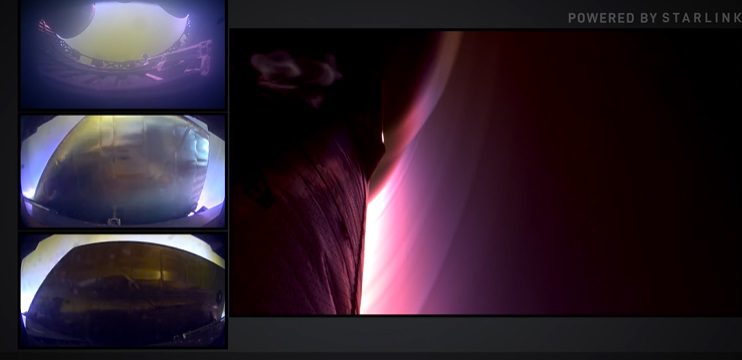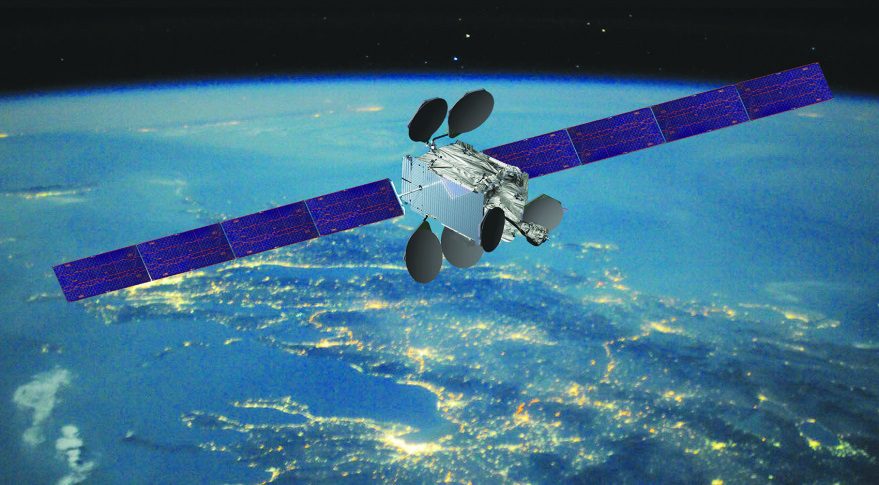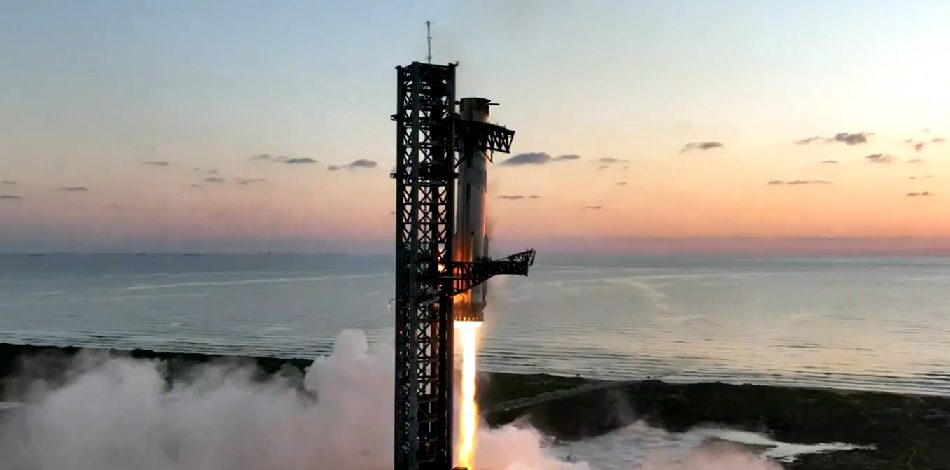China successfully launched a Long March 2D/2 (CZ-2D/2) from Taiyuan Satellite Launch Centre, China at 1831 GMT on 8 December 2022. The vehicle was carrying Gaofen-5-01A, a hyperspectral and infrared Earth observation satellite for the Chinese Ministry of Natural Resources (MNR) as part of the China High-definition Earth Observation System (CHEOS) programme. Thus, the 2,700 kg satellite, which is built by SAST using its SAST-5000B bus design, is thought to be civilian in nature.
The Chinese also successfully launched a Jielong-3 – a new version in the Jielong solid rocket series – from Tai Rui Barge located off Yantai in the Yellow Sea at 0635 GMT on 09 December 2022. The vehicle was carrying 15 mainly commercial satellites including eight Jilin 1 high resolution imaging satellites, two Golden Bauhinia One Earth observation satellites, two CAS-5 (-5A and -5B) amateur radio satellites, the HEAD 2H maritime tracking satellite, the Huoju-1 research satellite and the Tianqi-7 data relay satellite.
The final launch of the three was the flight of a Long March 4C (CZ-4C) from Jiuquan Satellite Launch Centre, China at 0822 GMT on 12 December 2022. The vehicle was carrying Shiyan 20A & 20B, a pair of classified Chinese satellites thought to be dedicated to technology test of items and systems. Officially the satellites are to be used for the innocuous sounding: “in-orbit verification of new technologies such as space environment monitoring.” Interestingly, a Shiyan 20C satellite had been launched six months previously. While previous Shiyan programme satellites have had a military use, these may well be for civilian testing.








